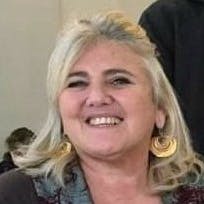Readings
Readings are the many perspectives and viewpoints that – on the theme of accessibility – intersect at every moment of the cultural experience: from the welcome in cultural venues, to the experience lived within them, up to the participation or the creation of new models of interaction.
This section gathers theoretical reflections on these topics as well as testimonies and practices from museums, archives, and libraries, useful for composing a cross-sectional and multidisciplinary vision of accessibility. Accompanied by a counterpoint of news, updates, insights, and stories.
But the tags help to filter according to your interests... so, happy reading!
Progettare accessibile
A new professional development program offered by "Personeper. Accessibility in cultural venues," the national training program designed to improve the accessibility of spaces, content, and services in cultural venues, is available for on-demand access. Aimed at architects and designers, the program consists of three 10-hour courses. "Progettare accessibile" redefines the concept of accessibility and explores its full range, encouraging participants to move beyond mere regulatory compliance and embrace the principles of Design for All.

Multimodal generative AI and accessibility
Gino Roncaglia, in an article dedicated to the possible uses of generative multimodal artificial intelligences, focuses on a particularly interesting aspect related to accessibility, with the automatic generation of highly personalized alternative descriptions based on communicative codes, different from the primary content.
This contribution is excerpted from the article: Generative Multimodal Artificial Intelligence in the Humanities. Some Introductory Considerations, 2024, DIGITCULT, 8 (2), 127-137.
Beyond the Frames: Museums, Identity, and Intersectional Perspectives
Simone Briatore reflects on museum narratives through the lens of intersectionality and the relationship established with the audience.
"Accessibility Without Borders" call for applications online
Selected professionals will participate in a study trip to Helsinki or Lisbon, where they will explore topics of inclusion and accessibility within museums, archives, and libraries.
Museum accessibility starts online
An analysis on website accessibility of Italian Luoghi della cultura. A focus is on Italian and European laws.
The exhibition “Le fiabe sono vere… Storia popolare italiana”
The exhibition Le storie sono vere... Storia popolare italiana stands as a true manifesto of public culture, redefining the museum’s role as an accessible space-time to the diversity of contemporary audiences and making accessibility the guiding principle to revive the heritage of Italian traditions.
Experience at the Galleria Borghese with Vulnerable Audiences
Stefania Vannini describes the initiatives launched at the Galleria Borghese aimed at engaging vulnerable audiences: tactile maps, podcasts, education in Italian Sign Language (LIS) and in Visual Vernacular. With a distinct feature: the coexistence of different audiences, both to help break down prejudices against disability and, at the same time, to enrich the cultural and human experience of all participants.

Gino Roncaglia
Gino Roncaglia is Associate Professor at University Roma Tre. He authored a number of scholarly books and articles both in the field of History of Logic and in the field of Digital Humanities. He is scientific consultant for the cultural and educational division of the Italian State TV Broadcaster RAI, and has been scientific consultant and author of a number of TV programs on new media from 1996 onwards.
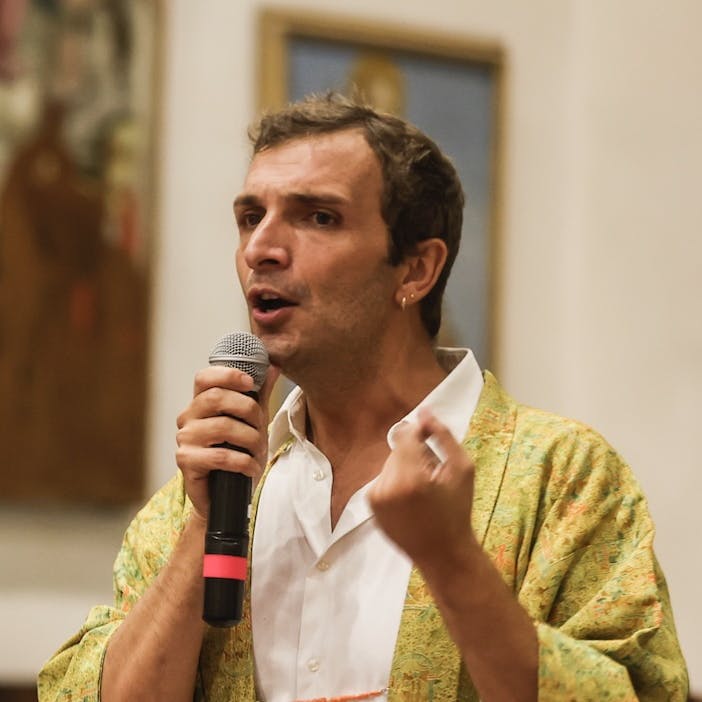
Samuele Briatore
Samuele Briatore is a sociologist of fashion and cultural processes at Sapienza University of Rome. He focuses on cultural heritage, fashion, and museums, with particular attention to accessibility and inclusion issues. He is president of the Accademia Italiana Galateo and coordinates the Moda e Costume working group of ICOM Italy. Author of essays and volumes on the relationship between fashion, society, and culture, he participates in national and European research projects dedicated to heritage enhancement and innovative museological practices.
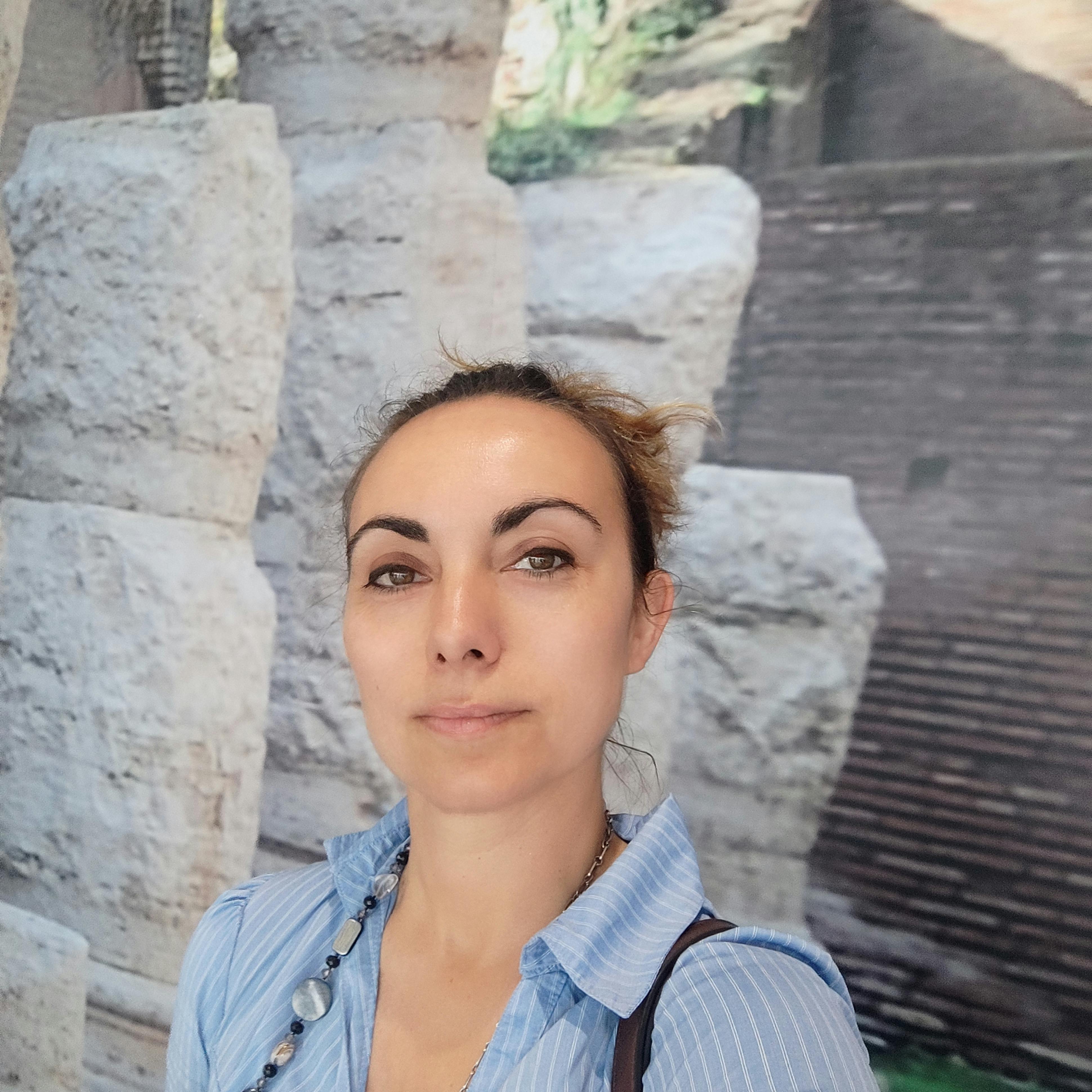
Marina Lo Blundo
Marina Lo Blundo is an archaeologist officer at the Archaeological Park of Ostia Antica (Ministry of Culture) and an archaeology blogger. She has been involved in cultural heritage communication for about 20 years, managing her blog Generazione di archeologi for 17 years, founded in 2008, to which she added a Telegram channel in 2019 and a podcast channel on Loquis in 2022. For the Archaeological Park of Ostia Antica, she is the scientific coordinator of the Archaeological Area of the Ports of Claudius and Trajan (Fiumicino), of the Photographic Archive, and of the Communication Office. She is the site representative for Ostia Antica within the framework of the European Heritage Label (Creative Europe).
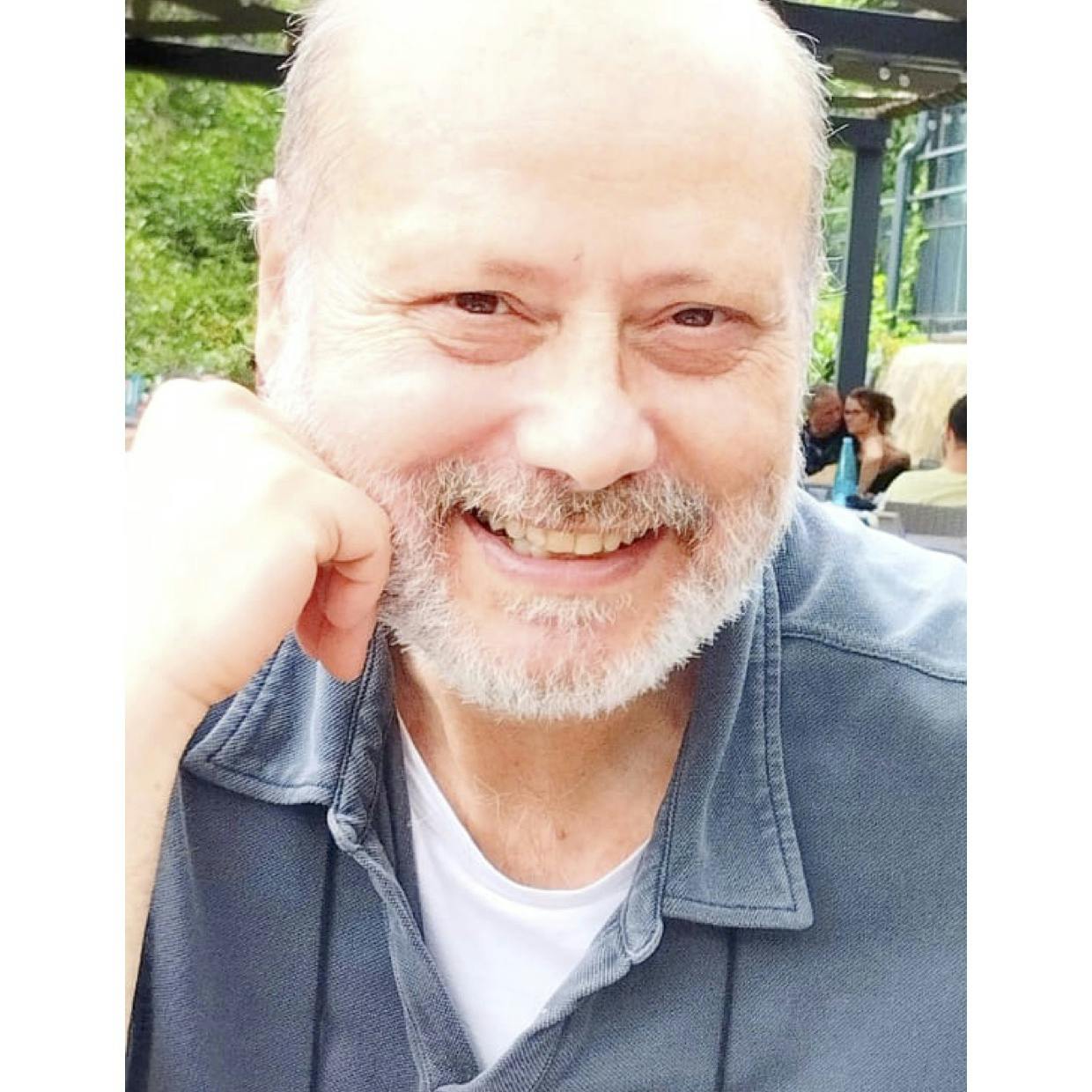
Paolo Marabotto
Teacher of Pedagogy and Didactic of Arts at the Academy of Fine Arts of Frosinone, he is the author of art and children's fiction books and a workshop facilitator.
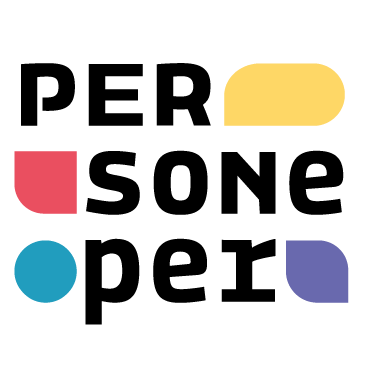
Redazione
